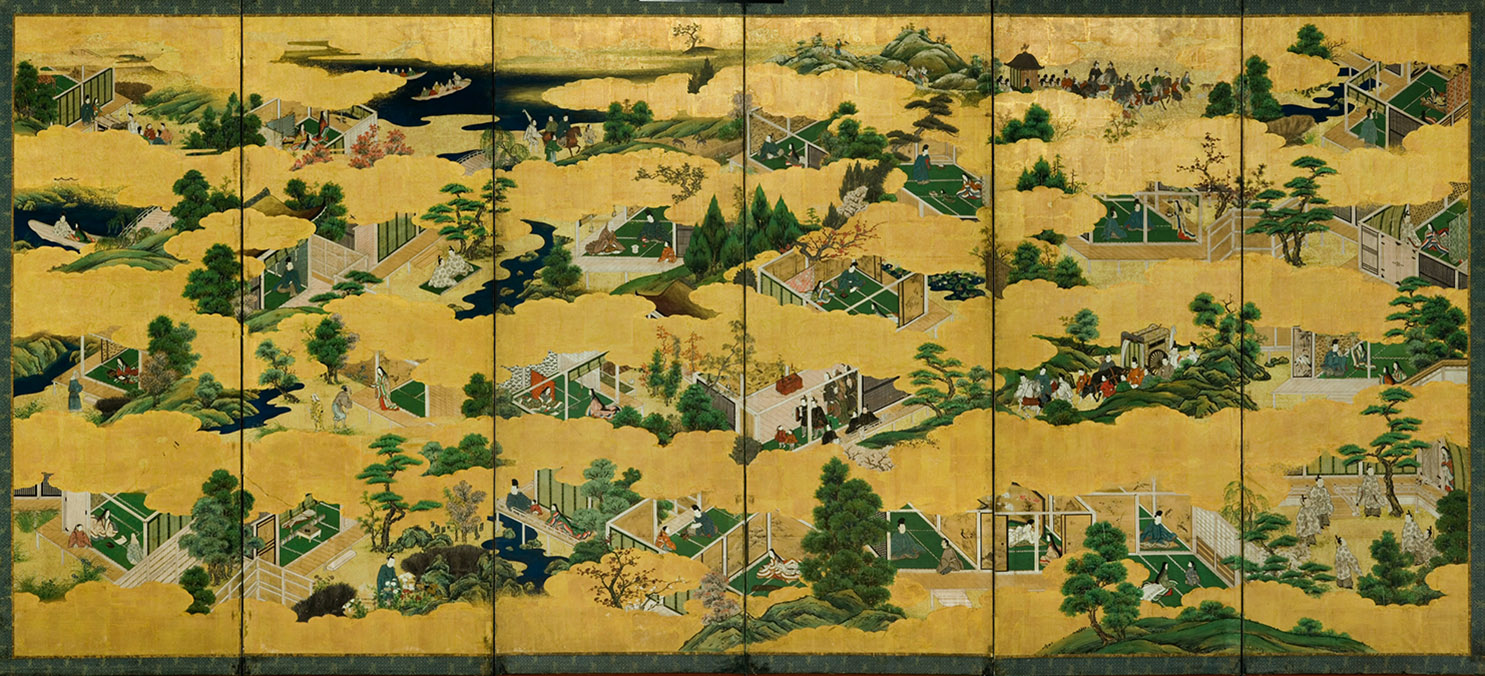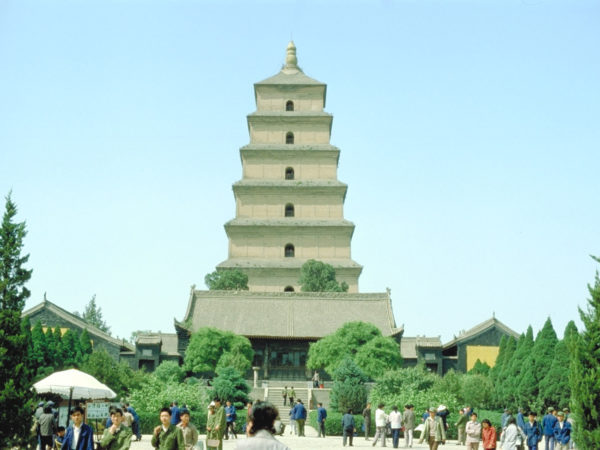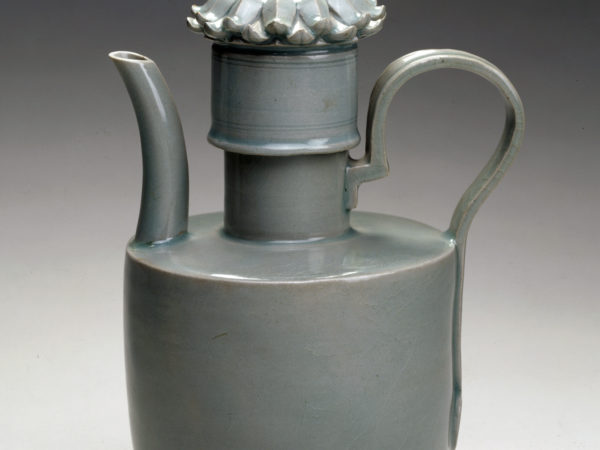Background Information
Great Wild Goose Pagoda
The stone pagoda structure is called the Great Wild Goose Pagoda enclosed within the Ci’en (Temple of Mercy) monastery in present-day Xi’an. It was erected in 652 to commemorate the return of the temple’s abbott, the celebrated monk Xuanzang. This heroic figure to Chinese Buddhist history traveled west across the Silk Road and throughout India for sixteen years, exploring the homeland of Buddhism before returning with hundreds of sutras (Buddhist texts).




